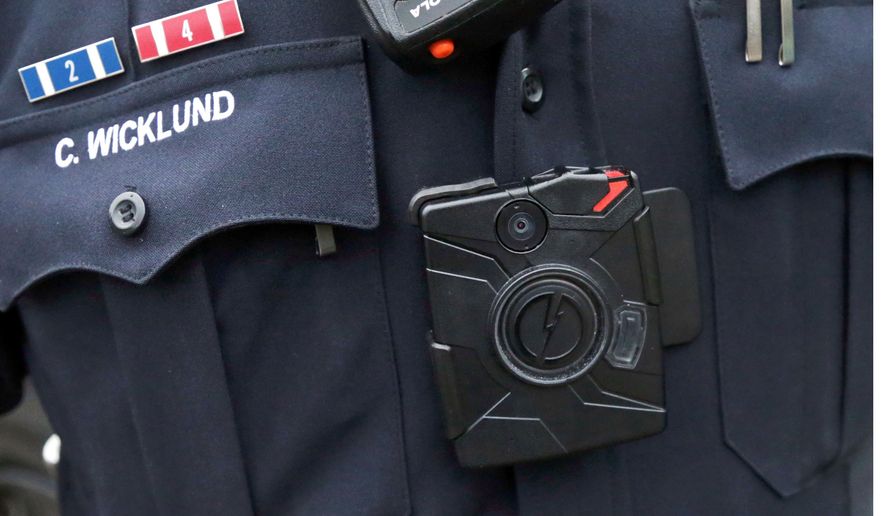OPINION:
Every picture tells a story, but not every story must be told. Equipping the police with body cameras could hold them more accountable for how they deal with the public. Police departments generally support the idea of such cameras, saying video can protect them from false claims of police brutality. But the unblinking eye is no cure-all and the benefits must be weighed against cost, officer retention and privacy rights. If a police camera becomes part of the uniform, one size may not fit all.
The narrative of black men dying in big numbers at the hands of the police is driving the demand for body cams. A violent Saturday protest in Baltimore, over the death of Freddie Gray while in police custody, adds urgency to questions about how Mr. Gray, 25, suffered a fatal spinal injury in police custody. “Our community is very clear,” says Baltimore Mayor Stephanie Rawlings-Blake. “They demand answers and so do I.” The police have said that he was not properly secured by a seat belt and they are investigating the incident.
President Obama called for more body cams for cops in December, following the rioting after the shooting of Michael Brown in Ferguson, Missouri. He asked Congress to spend $75 million to equip 50,000 police officers nationwide with the devices, which cost up to $1,000 each. With the president’s request stalled in Congress, Sen. Tim Scott of South Carolina, a Republican, last week asked for congressional hearings. “I believe that the deployment of body-worn cameras will provide increased protections for both law enforcement officers and those they serve,” he said in a letter to Sen. Charles Grassley of Iowa, the chairman of the Senate Judiciary Committee. Mr. Scott cited the role a cellphone video recording played in the arrest of a policeman in the April 4 police shooting of Walter Scott in North Charleston, South Carolina.
The deployment of body cams by police departments is relatively new, and data on their effectiveness is thin but encouraging. A study in Rialto, California, over a one-year period in 2014, by the University of Cambridge Institute of Criminology, found that encounters in which police used force fell by 50 percent, and citizen complaints against officers dropped by 90 percent. The Justice Department published its own study in 2014 concluding, “Perceived benefits that body-worn cameras offer … largely outweigh the potential drawbacks.”
However, a camera might give a cop a blind eye. Could an officer equipped with a body cam shy from a disturbance in which he could be seen as hassling the public — for example, a group of rowdy young men on a street corner late at night? The decline in the use of force must be examined along with crime statistics to determine whether officers are fully engaged in keeping the peace. To be sure, use of force would become rare if cops were not there, but nobody but the thugs wants the streets left to the thugs. Would these videos become more footage for the archives of the National Security Agency, and more destructive of the legitimate right to privacy?
Rather than the federal mandates envisioned by the president and Mr. Scott, the use of body cameras might be better tested by the states, which Justice Louis Brandeis called the “laboratories of democracy.” In due course, Americans should be able to gauge which practices best improve police accountability while shielding the public from intrusive videotaping.




Please read our comment policy before commenting.